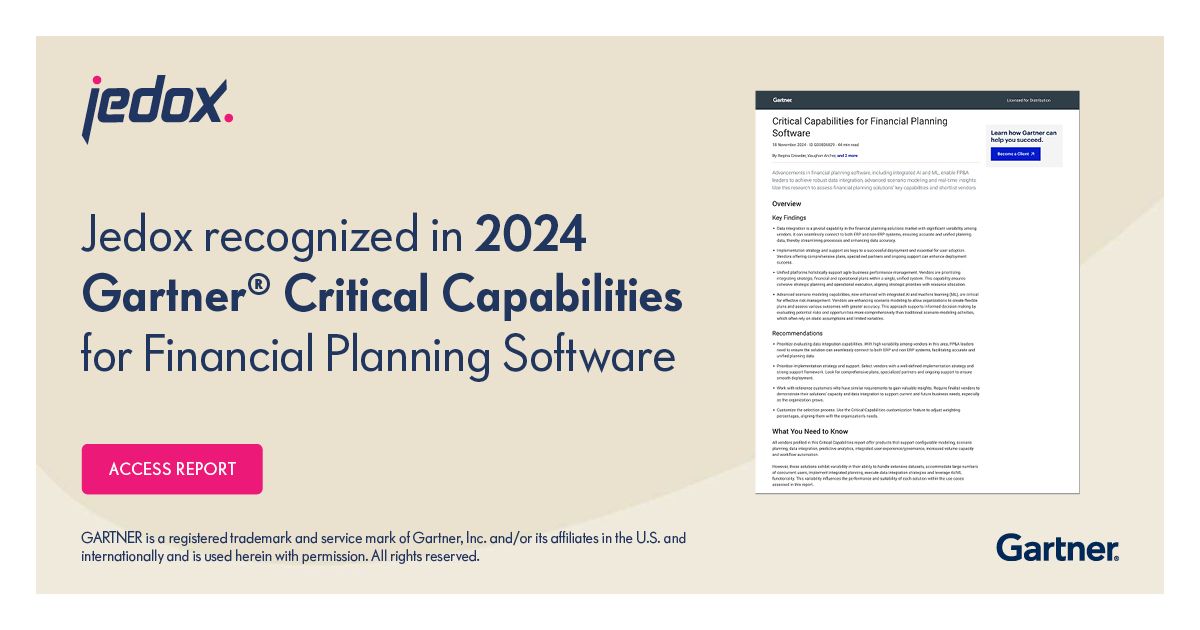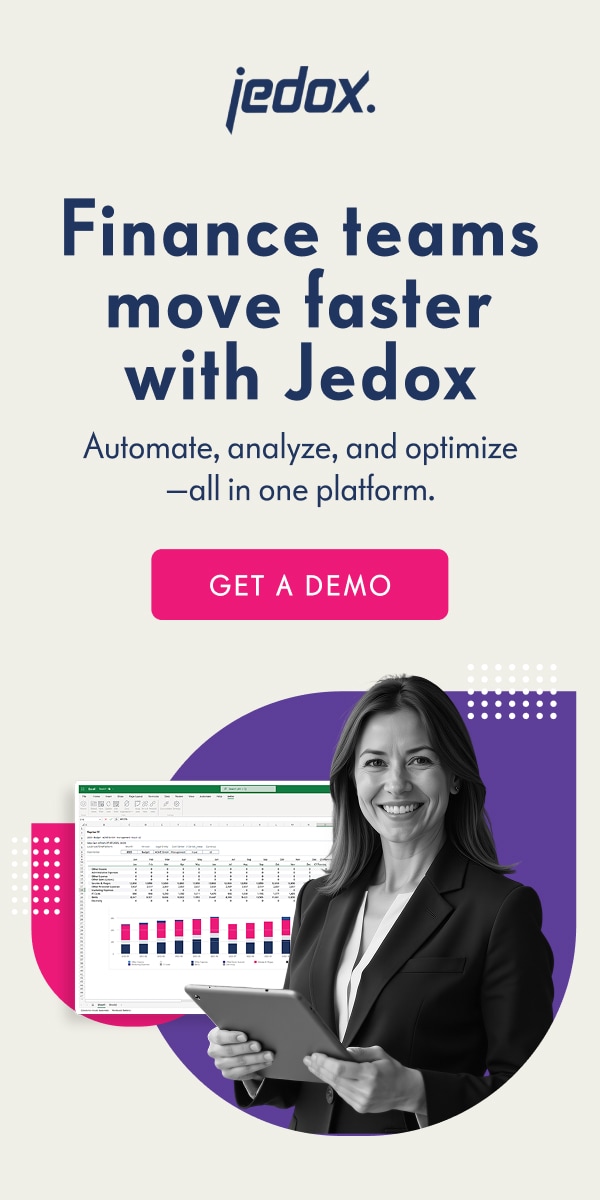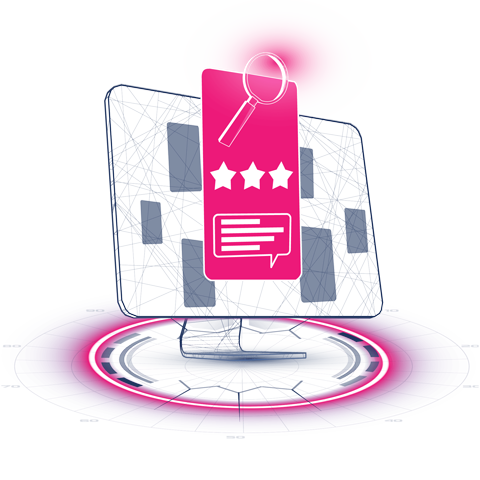
Make informed decisions with the 2024 Gartner® Critical Capabilities for Financial Planning Software report
Kyanusch Kay, VP of FP&A and Performance at Jedox
Selecting the right financial planning and analysis (FP&A) software is a pivotal decision for organizations aiming to enhance their financial operations and strategic planning. An effective FP&A solution not only streamlines budgeting and forecasting but also integrates seamlessly with existing systems, offers scalability, and provides real-time data insights.
These capabilities are essential for informed decision-making and maintaining a competitive edge in today’s dynamic business environment. To navigate the myriad of FP&A software options available, we believe that the 2024 Gartner® Critical Capabilities for Financial Planning Software report is one of the best places to start when searching for a new vendor.
While many are familiar with the Gartner Magic Quadrant™ for Financial Planning Software, which offers a broad overview of market positions, the Critical Capabilities report delves deeper into the specific functionalities and performance of each solution. We feel that this detailed analysis assists organizations in aligning software capabilities with their unique requirements.
To learn more about Jedox’s recognition in this space, we’re offering complimentary access to the 2024 Gartner Critical Capabilities for Financial Planning Software’s report.
Understanding the 2024 Gartner Critical Capabilities for Financial Planning Software report
The 2024 Gartner Critical Capabilities for Financial Planning Software report complements the Magic Quadrant for Financial Planning Software by providing a more granular evaluation of products based on key functional areas.
With the goal of helping businesses “assess financial planning solutions’ key capabilities and shortlist vendors”, it enables them to:1
- Identify essential features: Gain insights into the core functionalities that differentiate each FP&A solution
- Evaluate performance across use cases: Understand how each software performs in various scenarios
- Make informed comparisons: Benchmark potential solutions against each other based on standardized criteria, facilitating a more objective selection process
By leveraging the insights from this report, organizations can ensure that their chosen FP&A software aligns with their strategic objectives and operational needs.
Why we believe Jedox is recognized in FP&A solutions
We believe that Jedox is a premier FP&A software provider. Recognized as a Leader in the 2024 Gartner Magic Quadrant for Financial Planning Software, Jedox has been acknowledged for its completeness of vision and ability to execute.
Moreover, in the 2024 Gartner Critical Capabilities for Financial Planning Software, Jedox was recognized for:
- The Use Case “Improve Operation Visibility” with a score of 3.66/5
- The Use Case “Low Complexity” with a score of 3.59/5
Jedox offers a user-friendly interface that mirrors the familiarity of Excel, ensuring a smooth transition for Finance professionals. Our platform is designed for adaptability, supporting a wide range of business requirements through AI-assisted, no-code planning, forecasting, budgeting, analysis, and reporting.
In today’s cost-conscious environment, organizations are under immense pressure to lower expenses while maximizing value. Jedox addresses this need with predictable, affordable pricing that ensures value for money. Our pricing structure provides organizations with the financial predictability they need, allowing them time to plan and scale without unexpected costs. And with our focus on rapid implementation and project success, our adaptable models offer investment security amid business changes.
Additionally, Jedox provides self-service data integration from any system, creating a consistent and manageable digital twin of the organization. This digital representation of your company’s business model delivers real-time data and insights to stakeholders—enabling comprehensive planning across the entire value chain and boosting decision quality with AI-supported scenario planning.
With our further commitment to customer centricity, Jedox helps bridge resource gaps and improve decision-making processes for Finance and non-Finance stakeholders alike. Familiar workflows ensure quick adoption across departments, while natural language processing (NLP)-supported user interactions and GenAI commentary make the platform accessible and effective.
And with our platform’s focus on hyperautomation, your company benefits from reduced manual effort and fewer errors. This allows analysts and modelers to focus on strategic priorities, boosting overall efficiency and productivity.
In a time when efficiency, affordability, and informed decision-making are non-negotiable, we believe Jedox is uniquely positioned to deliver a comprehensive FP&A solution that supports your organization’s current and future needs.
Make an educated decision: Access the 2024 Gartner Critical Capabilities for Financial Planning Sofware report
Choosing the right FP&A software is a crucial step toward achieving financial excellence and strategic agility, as well as becoming an advanced digital business partner. And the 2024 Gartner Critical Capabilities for Financial Planning Software report provides a detailed, product-focused deep-dive into vendors.
To support your evaluation process, we’re pleased to offer complimentary access to the 2024 Gartner Critical Capabilities Financial Planning Software. This resource will provide you with comprehensive insights to make an informed decision tailored to your company’s needs—enabling you to confidently select an FP&A solution that scales with your organization’s future growth and complexity.
+++++
GARTNER is a registered trademark and service mark and MAGIC QUADRANT is a registered trademark of Gartner, Inc. and/or its affiliates in the U.S. and internationally and are used herein with permission. All rights reserved.
Gartner does not endorse any vendor, product or service depicted in its research publications, and does not advise technology users to select only those vendors with the highest ratings or other designation. Gartner research publications consist of the opinions of Gartner’s research organization and should not be construed as statements of fact. Gartner disclaims all warranties, expressed or implied, with respect to this research, including any warranties of merchantability or fitness for a particular purpose.
1 Gartner, “Critical Capabilities for Financial Planning Software”, Regina Crowder, Vaughan Archer, Matthew Mowrey, Michelle Carlsen. 18 November 2024

